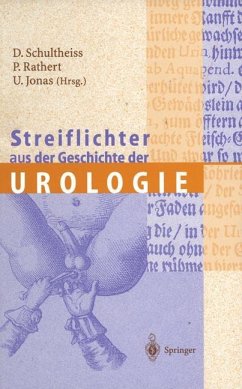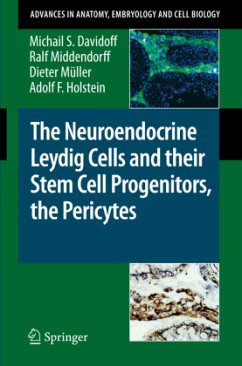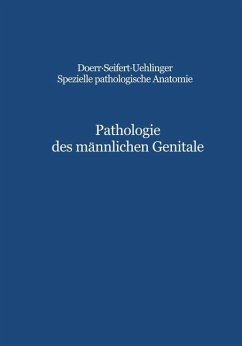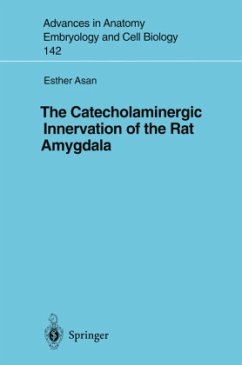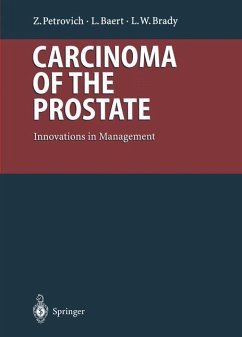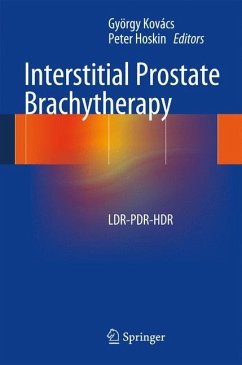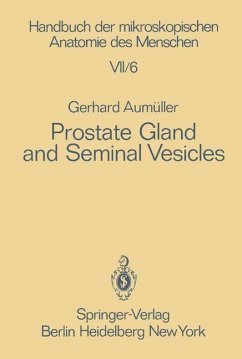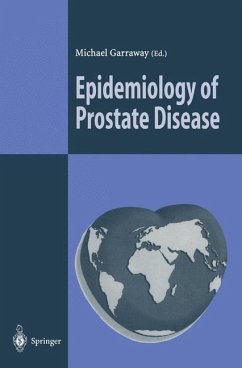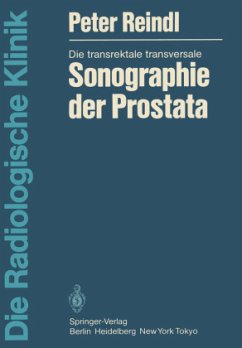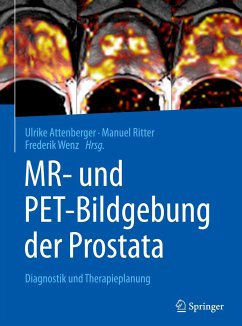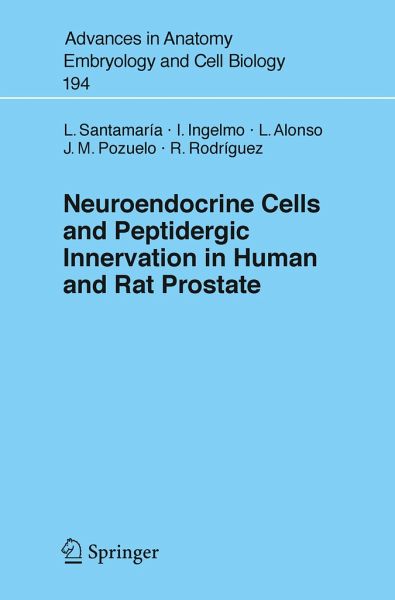
Neuroendocrine Cells and Peptidergic Innervation in Human and Rat Prostrate

PAYBACK Punkte
38 °P sammeln!
1 Introduction The prostate causes a signi?cant number of medical problems in the adult male, and the lower urinary tract symptoms are accepted as an unavoidable consequence of male aging. Most of these symptoms are mainly due to clinical benign prostatic hyperplasia (BPH), which is the most frequent benign tumor in the male, in- pendent of race or culture. On the other hand, cancer of the prostate shows an increasing incidence, being the second leading cause of death in men, after lung cancer. It has an etiology related to multiple factors: age, race, androgen dep- dence, chemical agents, die...
1 Introduction The prostate causes a signi?cant number of medical problems in the adult male, and the lower urinary tract symptoms are accepted as an unavoidable consequence of male aging. Most of these symptoms are mainly due to clinical benign prostatic hyperplasia (BPH), which is the most frequent benign tumor in the male, in- pendent of race or culture. On the other hand, cancer of the prostate shows an increasing incidence, being the second leading cause of death in men, after lung cancer. It has an etiology related to multiple factors: age, race, androgen dep- dence, chemical agents, diet, etc. Both pathologies are very costly in terms of medical resources, and they s- ni?cantly diminish quality of life. More than 400,000 prostate resections per year are done in the US, and these result in an approximate cost of 5 billion dollars per year. Because of all these circumstances, a better knowledge of the mechanisms regulating normal, hyperplastic, and neoplastic prostate growthis important for treatment and prevention of BPH and prostate cancer. Since the last review about prostate neuroendocrine cells published in 1998 there have been new and exciting developments relating to these cells in both normal and pathologic prostate. The cross talk of signals between epithelial and neuroendocrine cells seems relevant to the development and physiopathology of the prostate; thus the relationship between these cell populations should be more deeply studied.





